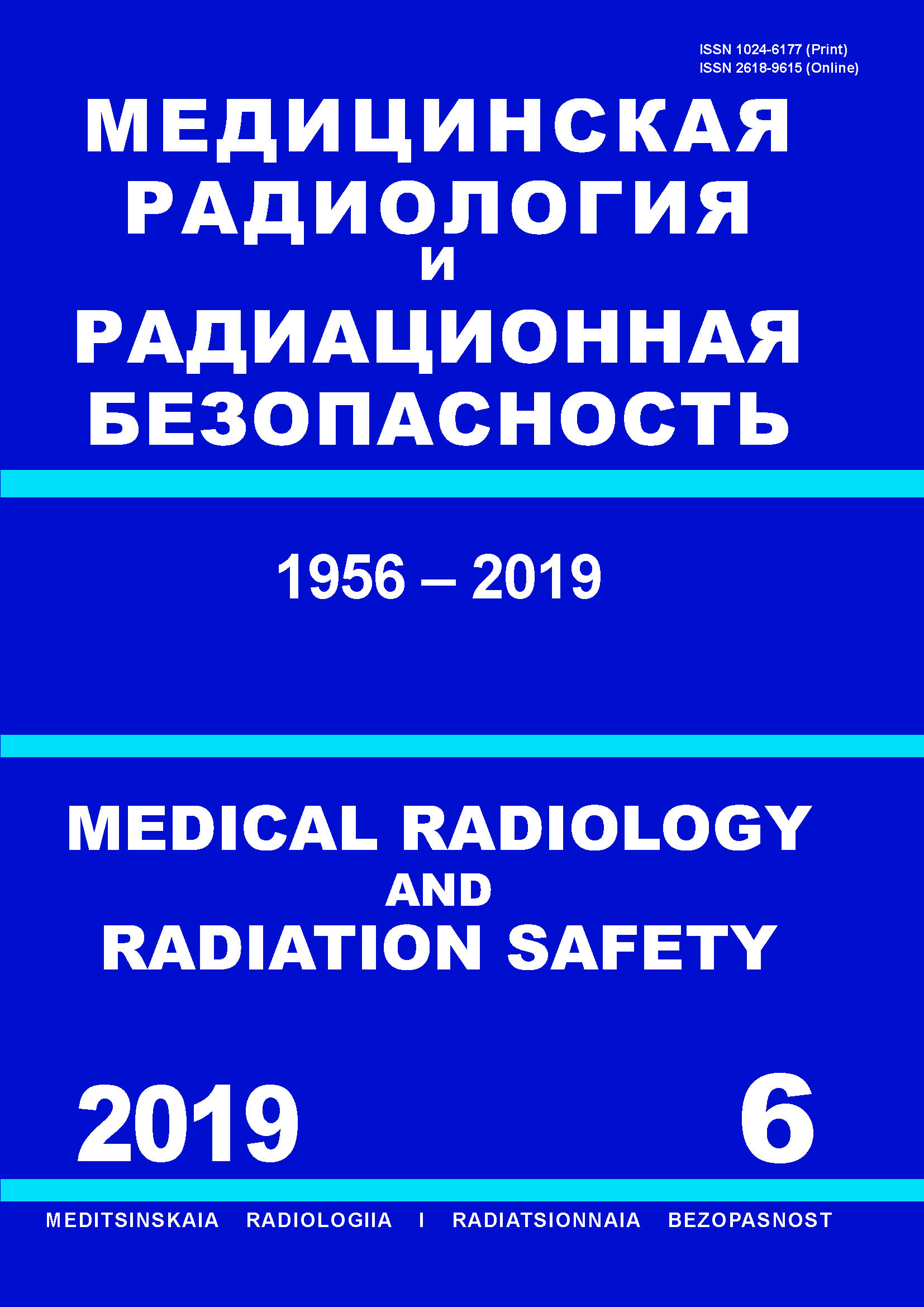St. Petersburg, Russian Federation
CSCSTI 76.03
CSCSTI 76.33
Russian Classification of Professions by Education 14.04.02
Russian Classification of Professions by Education 31.06.2001
Russian Classification of Professions by Education 31.08.08
Russian Classification of Professions by Education 32.08.12
Russian Library and Bibliographic Classification 51
Russian Library and Bibliographic Classification 534
Russian Trade and Bibliographic Classification 5708
Russian Trade and Bibliographic Classification 5712
Russian Trade and Bibliographic Classification 5734
Russian Trade and Bibliographic Classification 6212
Purpose: To determine the features of circulatory disorders in the lungs in patients with ordinary interstitial pneumonia (OIP) at different stages of the pathological process and with the development of comorbid conditions. Material and methods: The analysis of the results of radiation research methods: computer tomography, computed angiography and single photon emission computed tomography in 64 patients with common interstitial pneumonia. The selection criteria were the presence of respiratory failure and pulmonary hypertension. Results: The combination of interstitial and alveolar changes, their distribution in the lower parts of both lungs with subpleural localization are mainly pathognomonic for IPI. In 85 % of patients with OIP and the formation of a “cellular lung”, local perfusion disorders of various forms, of small size, subsegmental level, located symmetrically in the diaphragm regions were determined. The main distinctive CT signs of adherence to vascular pathology: pulmonary pattern mosaic; subpleural infiltration sites of the lung tissue of heterogeneous structure; defects in filling the pulmonary artery with a contrast agent during CT angiography; triangular subpleurally located areas of perfusion disturbance on SPECT (when SPECT/CT is combined), localized in the area of lung infarction, or in the zone of no changes on CT. Conclusion: The development of pulmonary hypertension and chronic respiratory failure in OIP is determined by several factors that have an active or passive effect on pulmonary hemodynamics. Worsening of the patient’s condition and an increase in the degree of respiratory failure and pulmonary hypertension, contributes to complication of the pulmonary vascular system – pulmonary thromboembolism and (or) thrombosis in situ, as well as persistent infectious inflammatory processes. In the presence of irreversible morphological changes in the lung parenchyma therapeutic measures do not affect the state of microcirculation in the lungs.
interstitial pneumonia, pulmonary hypertension, circulatory disorders, respiratory distress, single photon emission computed tomography, X-ray computer tomography
1. Amosov VI, Speranskaya AA. Radiation diagnosis of interstitial lung diseases. St. Petersburg: ELBI SPb. 2015: 176 p. (In Russian).
2. Interstitial and orthopedic lung diseases. Library specialist doctor. By ed. M. Milkovich. Moscow, Geotar. 2016; 560 p.
3. Leonova EI. Endothelial dysfunction in interstitial lung diseases. Practical Pulmonology. 2017;(3):66-72. (In Russian).
4. Makinodan K, Itoh T, Tomoda K. Acute pulmonary thromboembolism associated with interstitial pneumonia. Intern Med. 2008;47:647-50.
5. Pfitzner J, Pfitzner L. The theoretical basis for using apnoeic oxygenation via the non-ventilated lung during one-lung ventilation to delay the onset of arterial hypoxaemia. Anaesth Intensive Care. 2005;33(6):794-800.
6. McLaughlin V. Pulmonary arterial hypertension: the most devastating vascular complication of systemic sclerosis. Rheumatology. 2009;48:25-31.
7. Tsareva N, Avdeev S, Naumenko Zh, Neklyudova G. Pulmonary hypertension. Moscow: Geotar-Media; 2015; 416 p. (In Russian).
8. Carbone RG, Montanaro F, Bottino G. Interstitial lung disease: introduction. In: Baughman RP, Carbone RG, Bottino G, eds. Pulmonary arterial hypertension and interstitial lung diseases: a clinical guide. New York: Humana Press; 2009: 3-12.
9. Ramirez A, Varga J. Pulmonary arterial hypertension in systemic sclerosis: clinical manifestations, pathophysiology, evaluation, and management. Treat Respir Med. 2004;3:339-52.
10. Patschersky FN. Pulmonary arterial hypertension: clinical picture, diagnosis, treatment. Irkutsk: ISMU; 2015; 94 p. (In Russian).
11. Zakynthinos E, Daniil Z, Papanikolaou G, Makris D. Curr Drug Targets. Pulmonary Hypertension in COPD: Pathophysiology and Therapeutic Targets 2011; Jan 3. [Epub ahead of print]PMID: 21194405
12. Hasegava B. SPECT and SPECT/CT. 92nd Scientific Assembly and Annual Meeting Radiologic Society of North America. 2006: 171 p.
13. Levite EM, Uglonsky AN. The role of bypass in the lungs in the development of respiratory failure. Vestnik KRSU. 2014;14(5):75-8. (In Russian).





